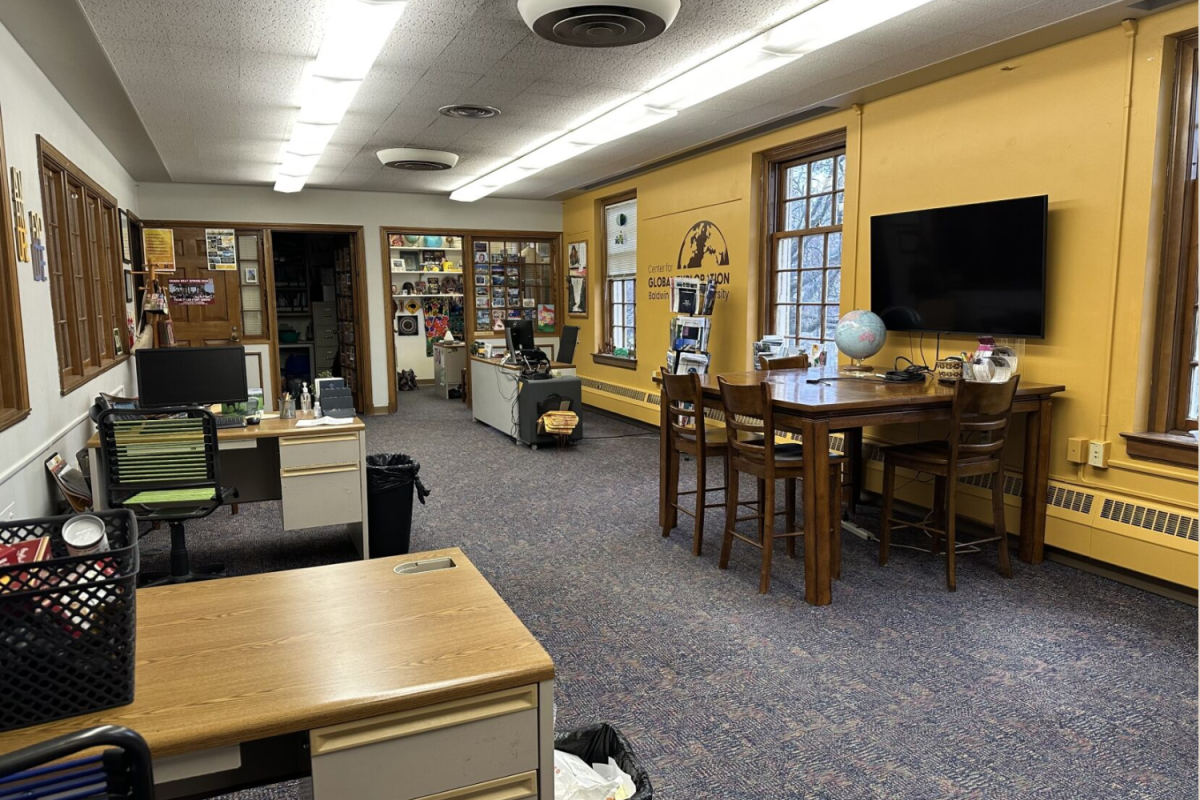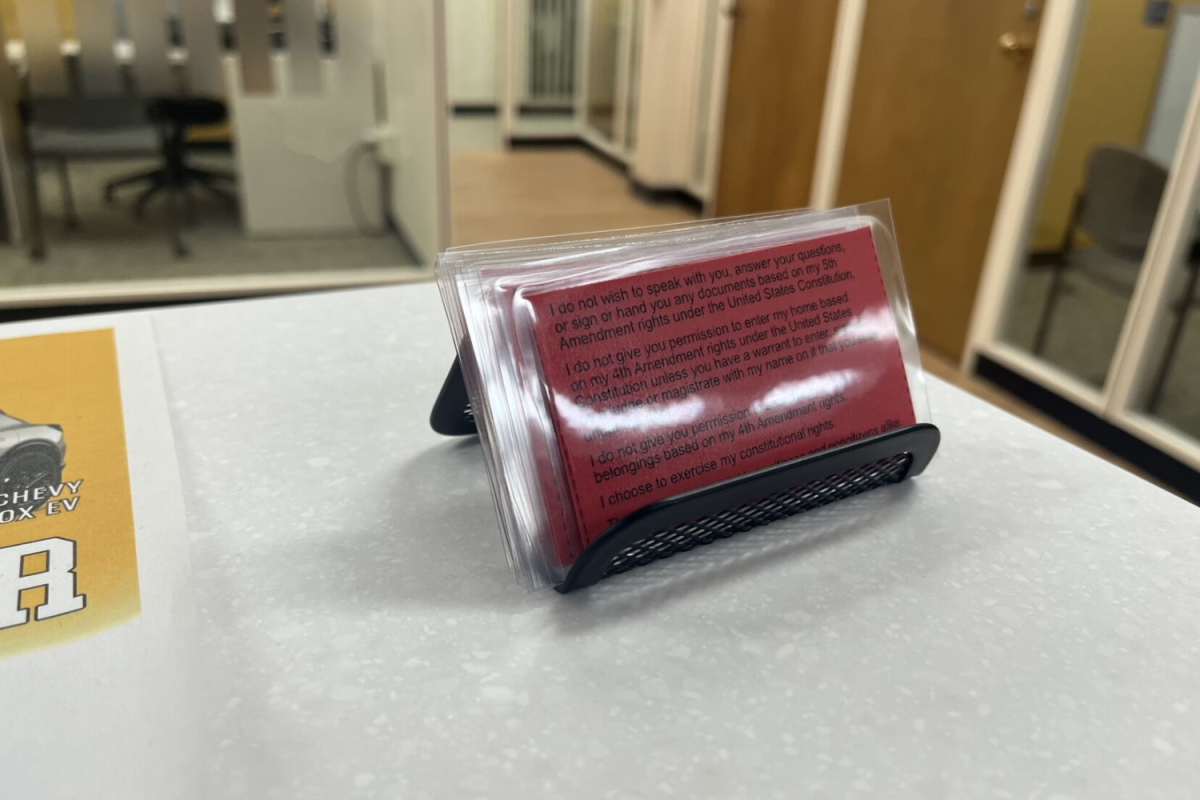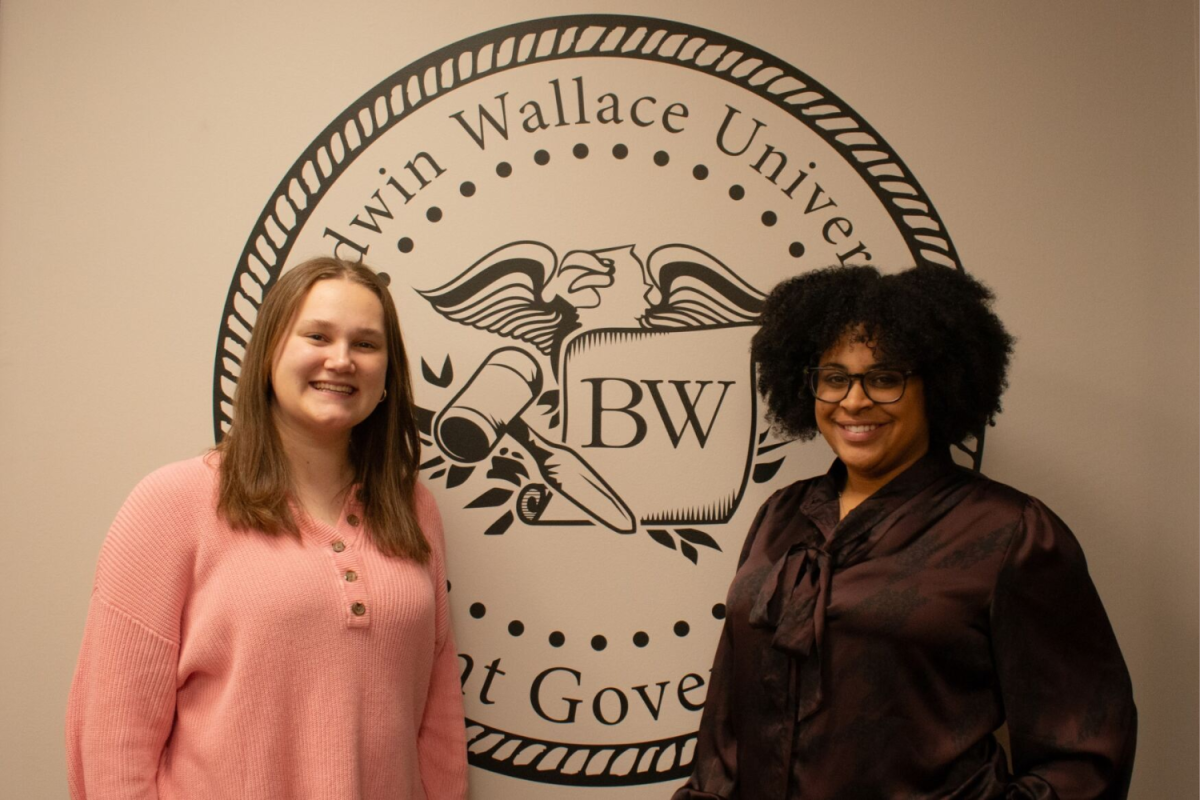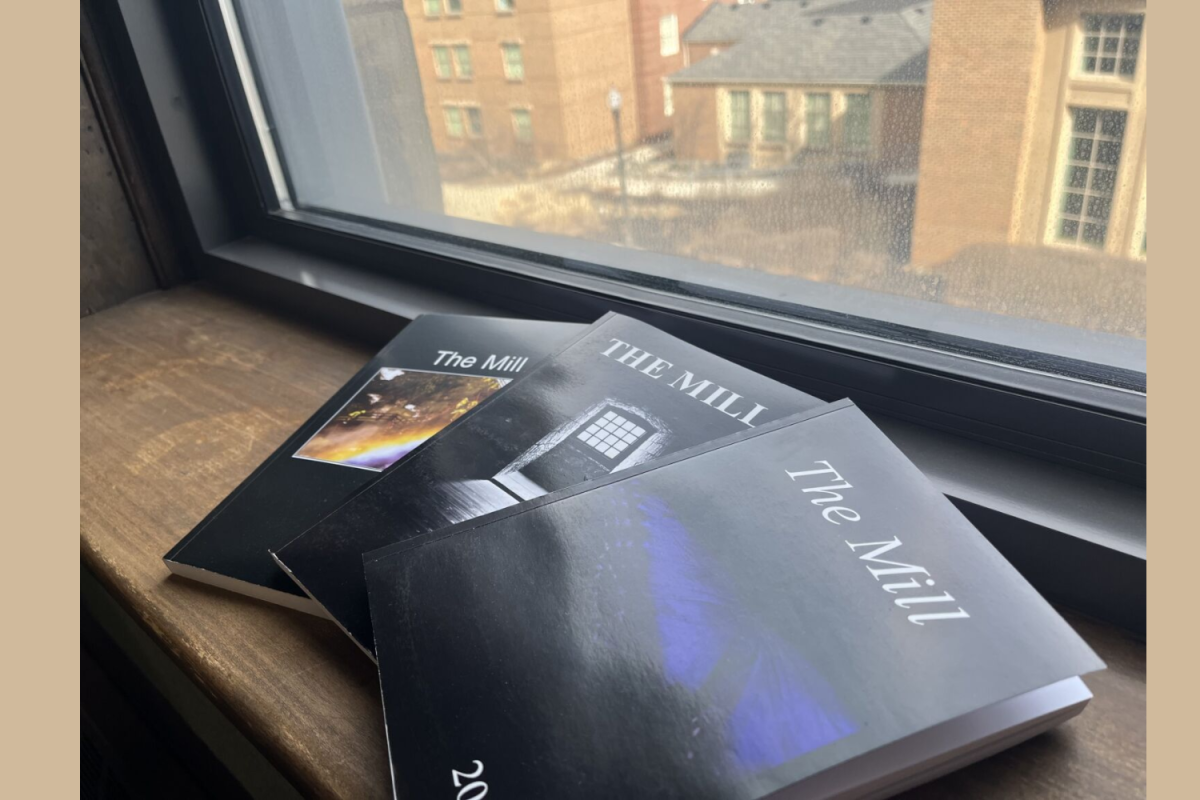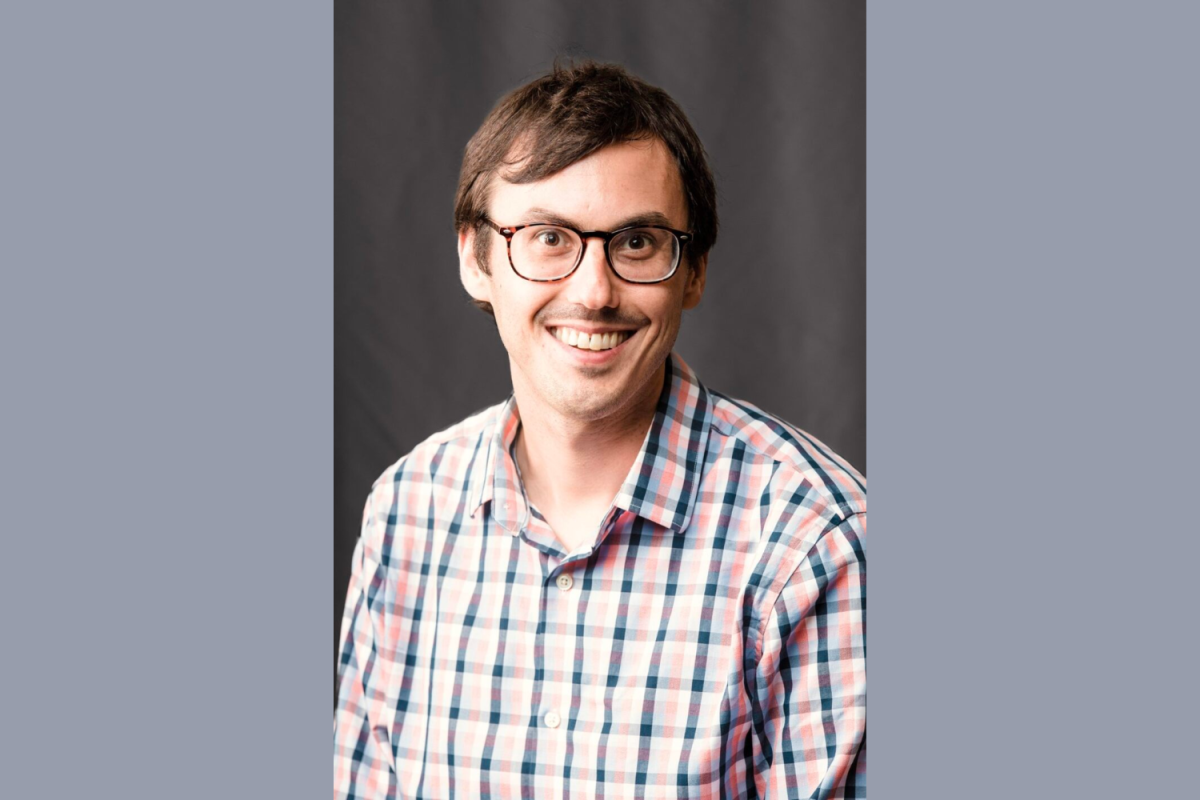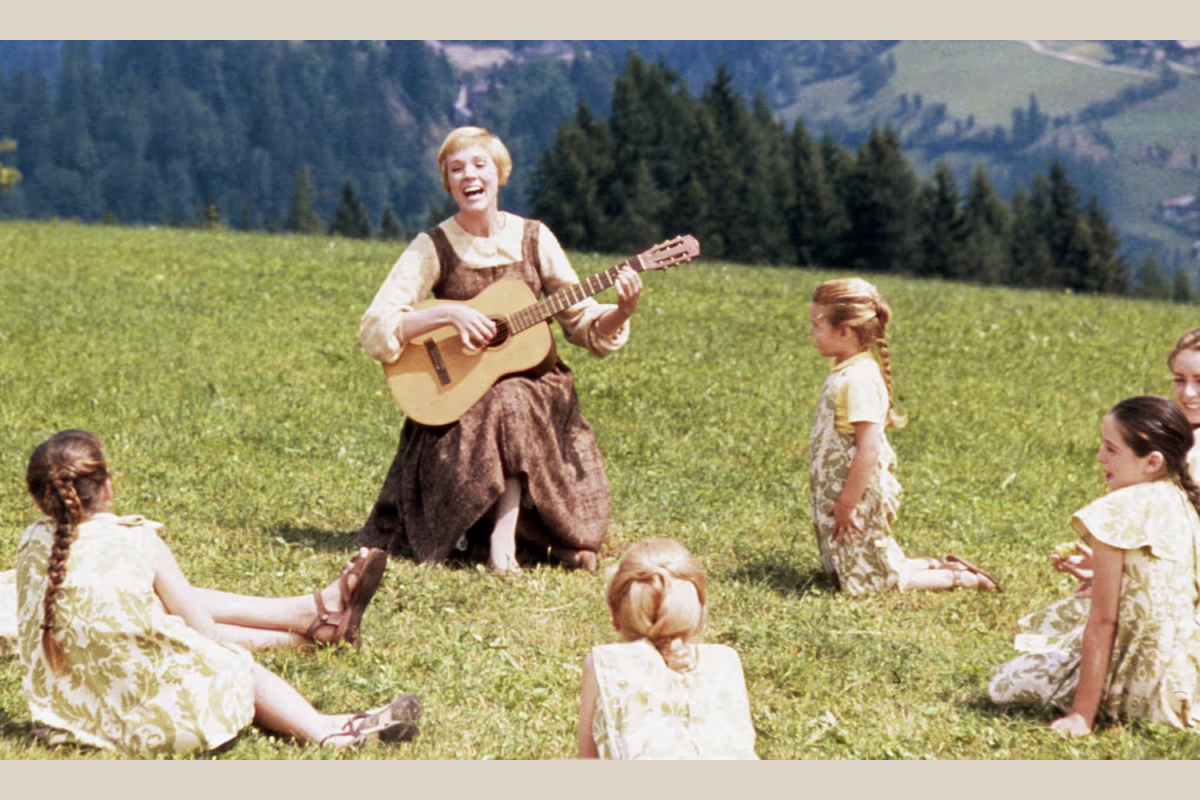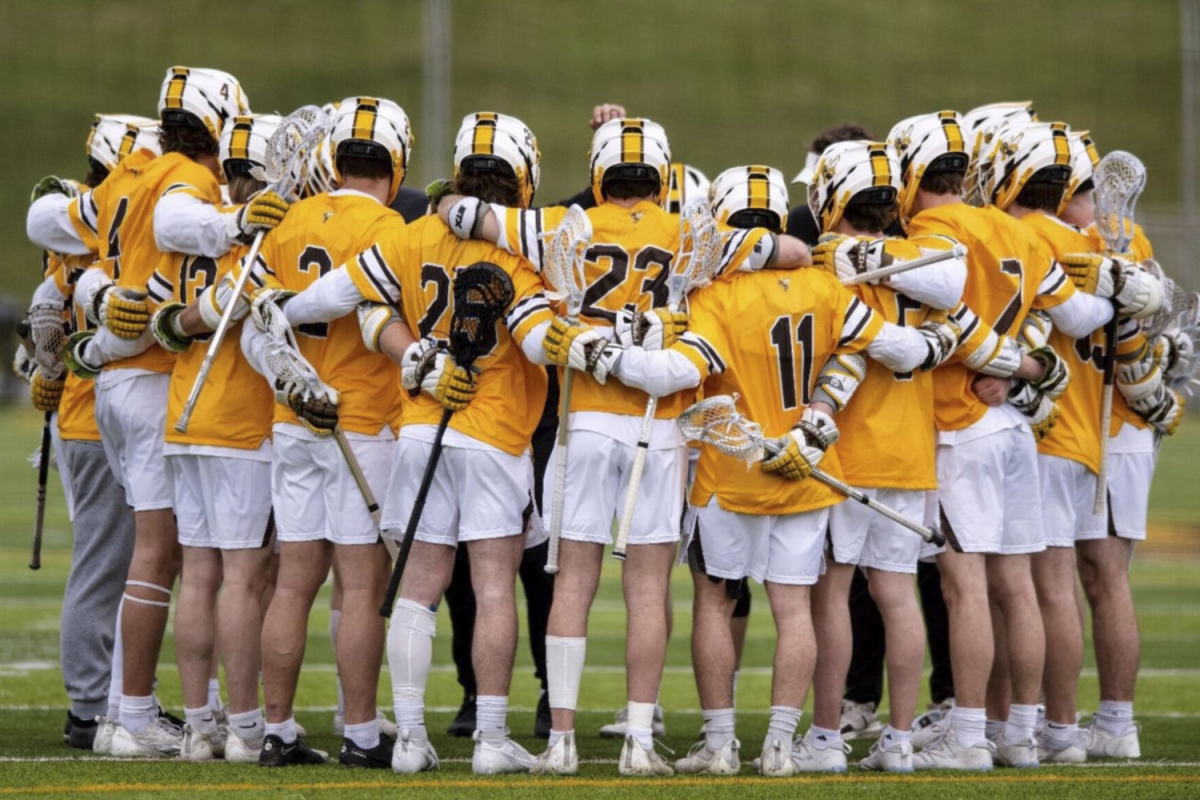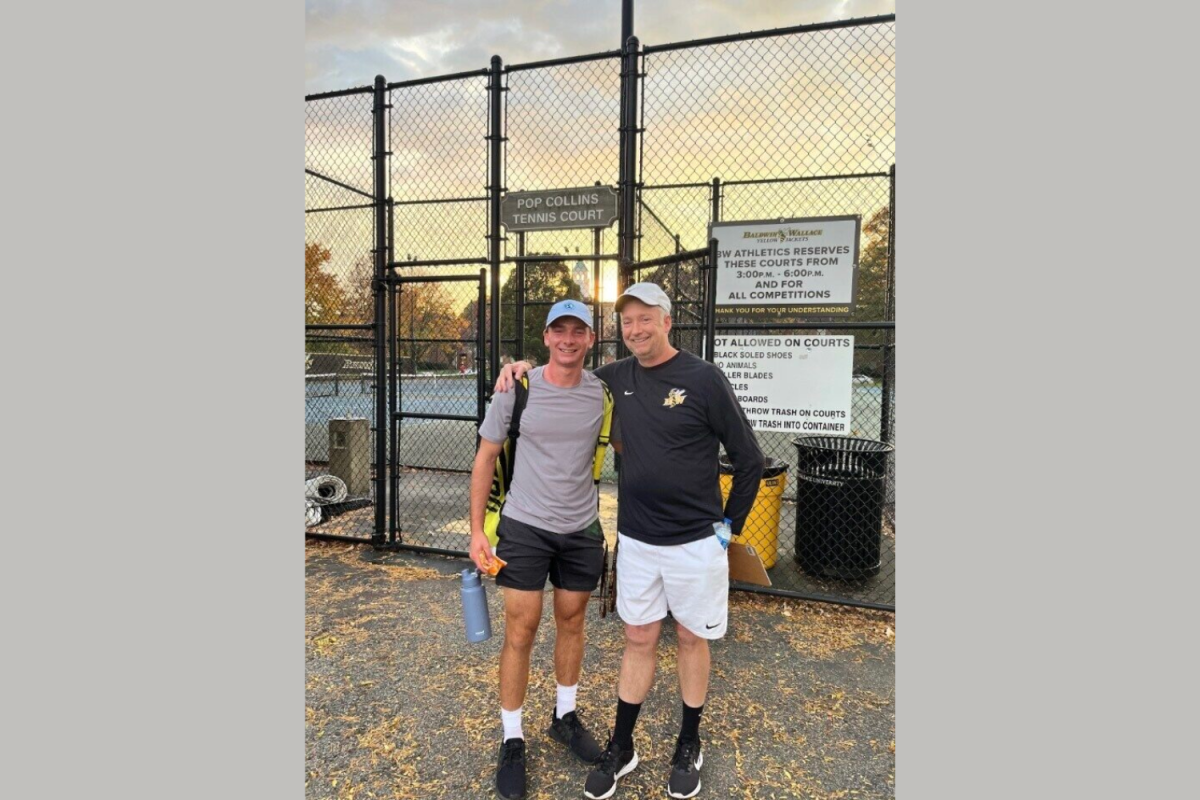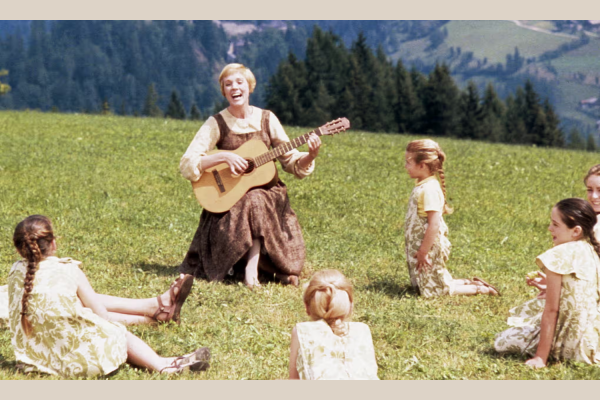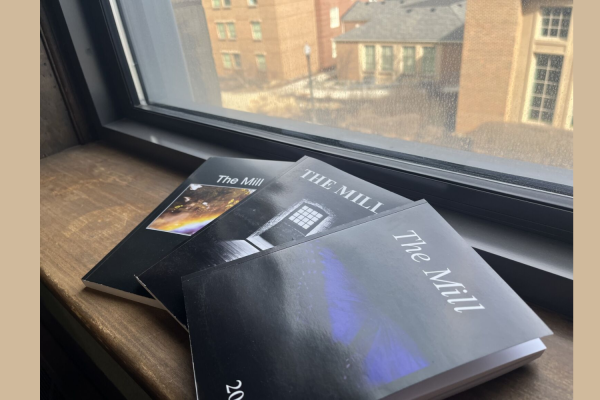How do BW music faculty balance teaching duties with busy performance schedules?
Conservatory faculty share tips and organizational strategies they use to keep up with their practice sessions and packed lesson schedules.
Faculty members of the BW Conservatory of Music, many of whom have busy performing careers of their own, implement time management strategies to balance their time teaching classes and lessons while individually practicing for their own gigs.
Carol Ross, a violin and viola private lessons teacher and faculty member of the BW Community Arts School, said she likes to look at the “big picture” of her week’s schedule to plan her practice time. She finds that organizing a lot and sticking to the schedule as best as possible is beneficial, though it is important to be flexible.
“[Your schedule] is not always going to work out that way, so you have to have plan B or C or D,” Ross said.
Khari Joyner, associate professor of cello, chair of string studies and a sought-after soloist and recording artist, utilizes organization to balance his busy weeks. He said that any visual representation of his schedule with Outlook’s calendar and physical planners are beneficial to him; he often recommends them to his students.
Another strategy Joyner said he uses is setting a certain goal or objective and assigning a specific amount of time to complete it when he practices.
“That helps me gain a lot of clarity over what that goal is, making sure that I accomplish it,” Joyner said.
George Pope, lecturer of flute, takes a similar approach. He said he organizes how much time he must practice, then prioritizes what needs to be practiced after he warms up.
A daily part of Joyner’s, Pope’s and Ross’ schedules involves instructing their students through applied and private lessons. They all expressed how teaching students has been a positive experience.
As a BW Community Arts School faculty member, Ross works with elementary, middle and high school students who come to BW’s campus for their lessons. She said that one of the best things about teaching is “getting to watch [students] learn and be excited about playing.”
Joyner said that he incorporates many ideas discussed in his students’ lessons into his own practice sessions. He also said that all BW students inspire him in how they apply their skill sets.
“It’s making me think about my teaching in a certain way or even my own process of how I think about this particular aspect of music,” Joyner said.
Jackie Kaminski, a first-year cello performance and music education major, has lessons with Joyner every week. She said she has enjoyed learning from him and “adores” him.
“In my lessons, he’s constantly trying to get me to think about the cello on a deeper level,” said Kaminski.
Teaching allows these instructors to do what they love and share their knowledge with their students.
“My favorite thing about my job is when I get to observe the light going off in my student’s head when the explanation and the demonstration is finally clear … That’s the joy of being a teacher,” Pope said.
In addition to teaching students, these music faculty members must balance their time to prepare for individual performances. Many of them participate in performance opportunities on campus as well as off.
Joyner said he has performed in many faculty-led ensembles and collaborated with his colleagues in different departments of the Conservatory. He also has worked with his physics department colleagues to bring music concerts to the Knowlton Center, which started in Fall 2022.
Pope has performed many times over his career in the Conservatory. He had his farewell faculty recital on March 19 before he retires at the end of this semester.
Some faculty members have performance opportunities that occur off campus. Joyner said he recently joined an ensemble called Linking Legacies.
“We do concerts that are linked to our roots, either here in Ohio or other things that unify us. … They’re very fun to help in my professional area of development and growth,” Joyner said.
The Exponent is looking for financial contributions to support our staff and our newsroom in producing high-quality, well-reported and accurate journalism. Thank you for taking the time to consider supporting our student journalists.

